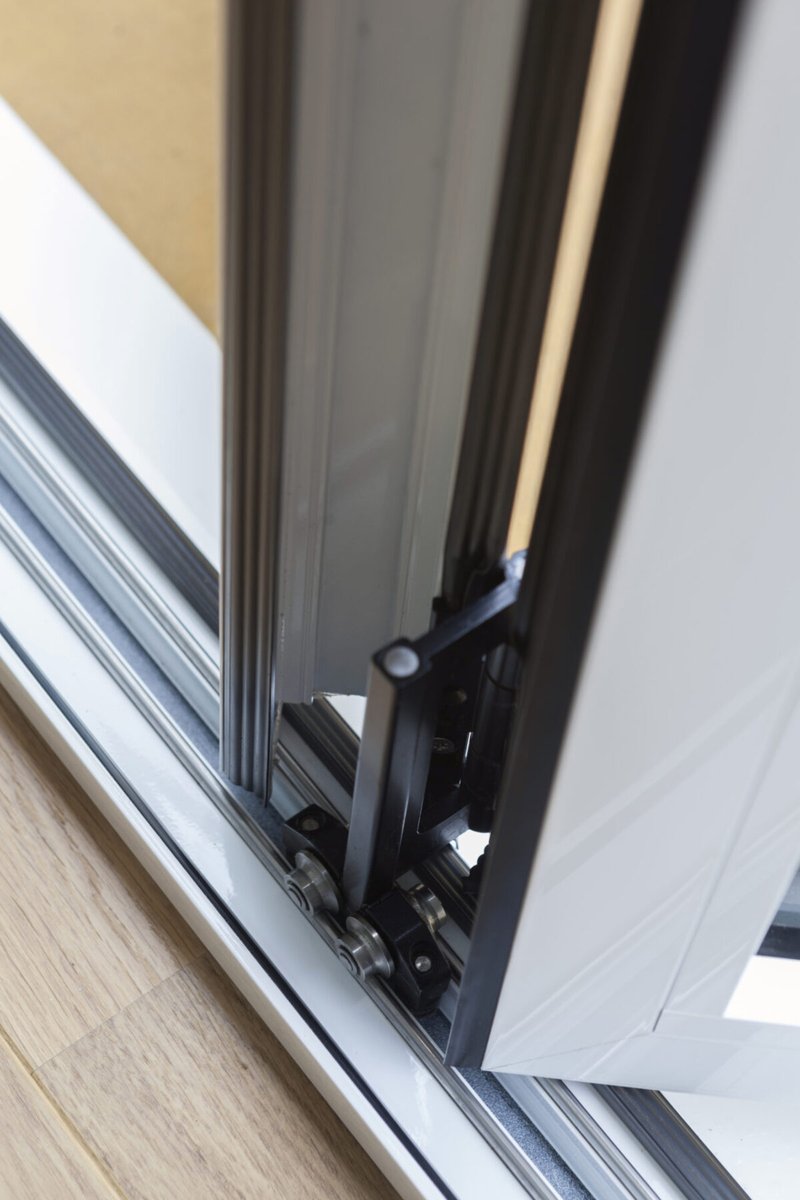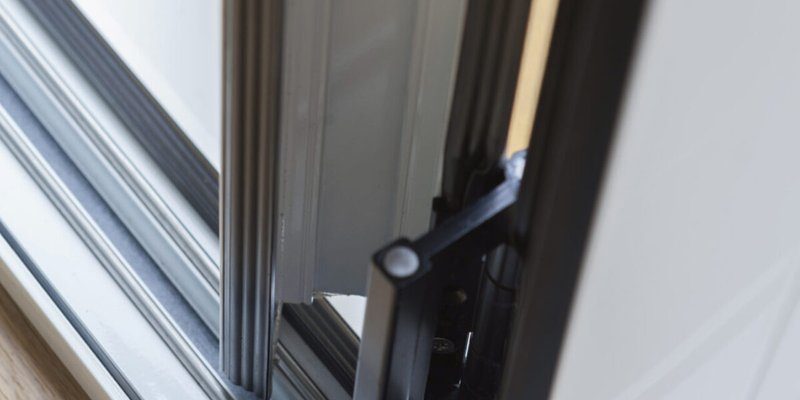
Think of your bifold door as a performer on stage. When it’s perfectly in sync with its settings, it glides smoothly, captivating everyone who sees it. But if it’s out of balance or misaligned, it can become clunky and awkward, much like a dancer stumbling across the stage. So, what’s causing the scraping? Let’s break it down step by step.
Understanding Bifold Doors
Bifold doors are unique because they fold in on themselves, allowing for a wide opening without taking up too much space. They’re often used in closets, entries, or even as room dividers. What makes them special is how they operate; they rely on tracks and hinges to function smoothly. But, like any mechanism, they can face challenges.
These doors are designed to sit at a specific height, which makes their alignment crucial. If the bottom of the door dips too low, it’ll scrape against the floor, creating that frustrating noise. You might be wondering why this happens. Well, over time, the hinges can wear down, or the floor might shift slightly, causing the door to sag.
Common Causes for Scraping
There are several reasons why your bifold door might be scraping against the floor. Here are a few of the most common issues:
- Improper Installation: If the door wasn’t installed correctly from the beginning, it could be misaligned.
- Wear and Tear: Hinges can become loose over time, causing the door to sag.
- Flooring Changes: If your home has settled or the flooring has changed (think new carpet or tiles), it can affect how your door sits.
- Humidity and Temperature: Changes in humidity can cause wood doors to swell, impacting their height.
By identifying these issues, you can get closer to understanding the solution.
Checking the Door’s Height
To start troubleshooting the scraping sound, you’ll want to check the height of your bifold door. Here’s how:
1. Measure the Door: Use a tape measure to check the height from the bottom of the door to the floor.
2. Inspect the Hinges: Look for any loose screws or damaged hinges that might be affecting the door’s position.
3. Check the Floor: If you’ve recently made changes to your flooring, see if there’s an area where the floor is uneven.
If the door is indeed too low, it may need some adjustments.
Height Adjustment Solutions
Now that you know what the problem might be, let’s explore how to adjust the height of your bifold door:
1. Adjust the Hinges: Sometimes, simply tightening the screws on the hinges can lift the door higher. If the hinges are damaged, consider replacing them.
2. Use a Hinge Shim: If tightening doesn’t do the trick, you can add shims behind the hinge to increase the height.
3. Trim the Bottom of the Door: As a last resort, you can carefully trim the bottom of the door if it’s too long. Just be cautious and measure twice before cutting.
These steps can help restore smooth operation and eliminate that annoying scraping sound.
When to Call a Professional
If you’ve tried the adjustments above but your bifold door is still scraping, it might be time to call in a professional. Here’s why:
– Experience with Different Materials: Professionals can identify issues that might not be immediately obvious. For example, if your door is made of a certain type of wood that’s swelling, they’ll have the right fix.
– Access to Tools: They have the tools needed to fix issues that you might not have at home.
– Safety First: If you’re not comfortable with DIY fixes, it’s always best to leave it to the experts to avoid accidents.
In the end, it’s about ensuring your bifold door works as it should—without the annoying scrape.
Preventative Measures
Once you’ve got your door working smoothly again, consider taking steps to prevent future scraping:
- Regular Maintenance: Check the hinges and track regularly. Tighten screws as needed.
- Humidity Control: Use a dehumidifier if you live in a humid area, as this can prevent wood from swelling.
- Floor Care: Keep an eye on your flooring condition, especially after any new installations or repairs.
Taking these steps can help your bifold door maintain its integrity and avoid scraping issues in the future.
So, the next time your bifold door scrapes against the floor, remember that it’s often a simple fix. Whether it’s a height adjustment or a minor repair, addressing the issue can save you from irritation and can prolong the life of your door. If all else fails, don’t hesitate to reach out to a professional. A smooth, quiet door not only feels better to use, but it also enhances the overall look of your space.
